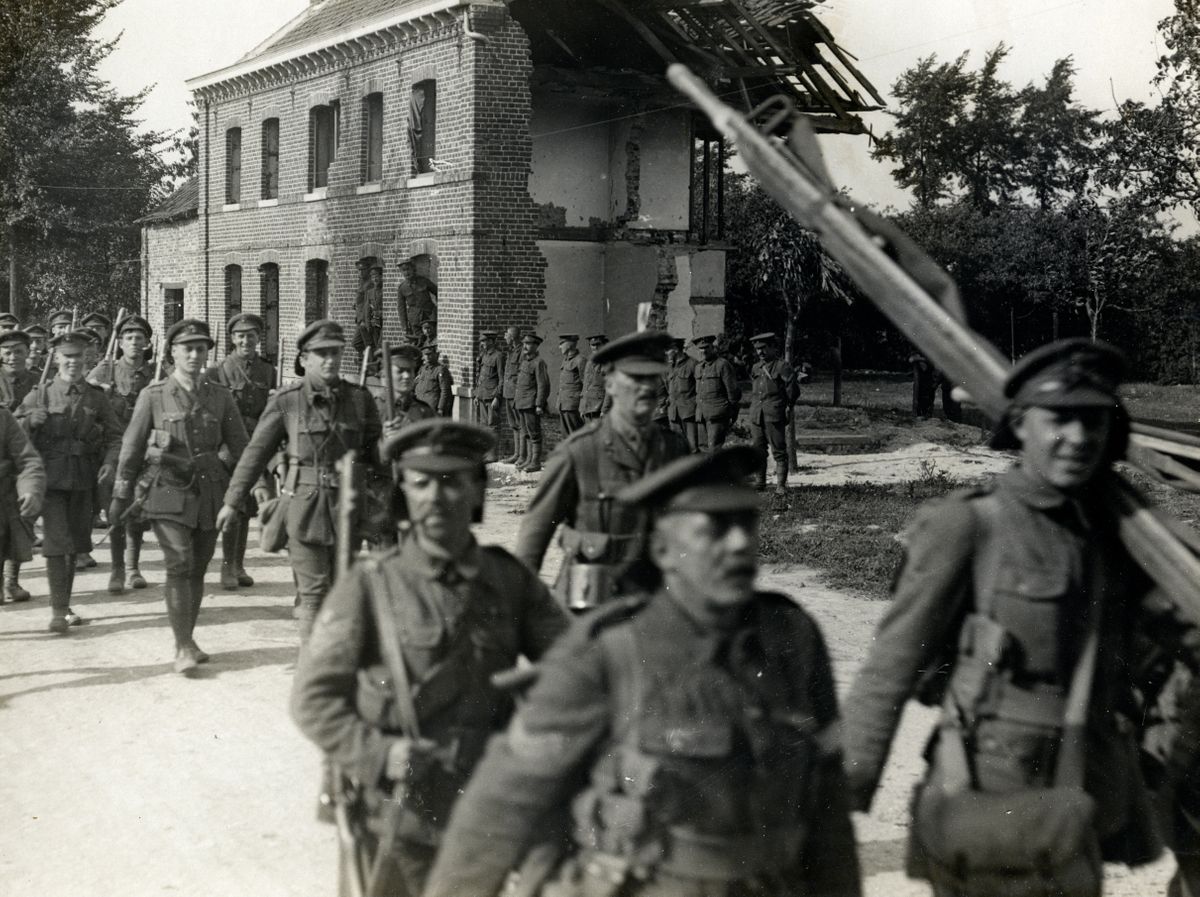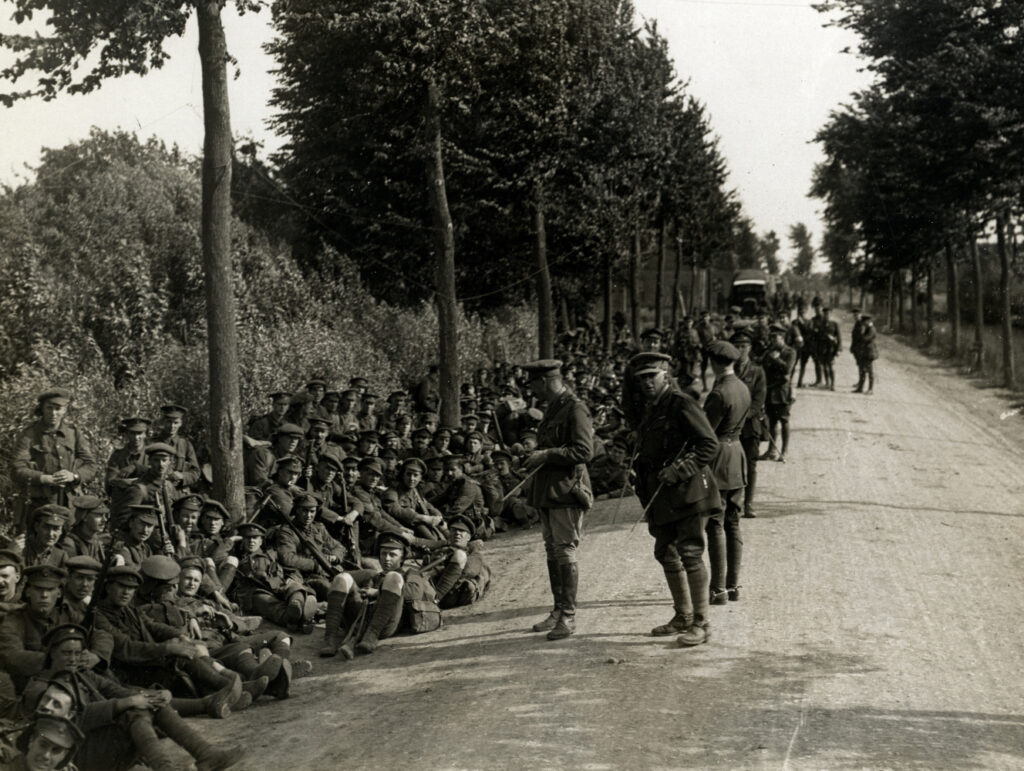Last Updated on December 20, 2023
How many times have you turned on the TV or read the newspaper and all you saw were upsetting images of terror?
For many centuries, military conflicts have used one form of psychological warfare or another in an attempt to lower their opponent’s morale.
The thing about psychological warfare is that it doesn’t inflict physical damage alone. Instead, these attacks have a goal to instill a heightened sense of fear that is relatively greater and more serious than the actual threat in itself.
What is Psychological Warfare?
Psychological warfare refers to the planned deliberate use of threats, propaganda, and other forms of non-combat methods during war threats, wars, or geopolitical unrest periods to intimidate, demoralize, mislead, or otherwise affect the enemy’s behavior or way of thinking.
While all countries employ psychological warfare, the US CIA or Central Intelligence agency listed the tactical objectives of psychological operations (PSYOP) or psychological warfare (PSYWAR) as follows:
- Helping overcome the willingness to fight of the enemy
- Influencing the attitudes and morale of people in countries that are neutral and friendly towards the US
- Gaining the alliance and maintaining the morale of the friendly groups in nations that the enemy occupies
In order to reach their goals, the people in charge of planning campaigns for psychological warfare first try to be familiar with the beliefs, vulnerabilities, strengths, weaknesses, likes and dislikes of the intended population. The CIA stated that the key to ensuring the success of psychological operations is to know what motivates or drives the target.
Psychological Warfare is a Mind War
Being the non-lethal way of capturing minds and hearts, psychological warfare often uses propaganda for influencing the beliefs, values, reasoning, emotions, behavior, or motives of the targets. This kind of propaganda campaigns can have targets that include political organizations, governments, civilian individuals, military personnel, as well as advocacy groups.
Basically a type of information that is cleverly weaponized, psychological operations propaganda can get distributed in all or any of the following ways:
· Media with audio-only such as shortwave radio broadcast
· Audiovisual media such as movies and television
· Face to face verbal communications
· Solely visual media such as posters, books, magazines, and leaflets
What matters more than the way the propaganda weapons are distributed are the specific messages they carry as well as how effective they are in persuading or influencing the target audiences.

The Three Categories of Psychological Warfare
Psychological warfare or psywar propaganda is divided into three primary categories:
1. Black Propaganda
Black propaganda – literally fake news – is when the information has been found to be deceitful or false and is associated with sources that don’t have anything to do with its creation.
2. Grey Propaganda
Information is mainly truthful and doesn’t contain details that could be disproven. But, there are no sources cited.
3. White Propaganda
Information is only moderately biased and truthful and the source is cited.
Although black and grey propaganda campaigns usually have instant effects, these also have the highest levels of risk involved. The target populace will eventually identify that the information is false and the source will be discredited. Credibility is all about persuasion. You should make people believe the things you say first for them to do as you say.
Psychological Warfare in the Modern World
Tactics for contemporary psychological warfare were used for the first time during World War I. Print and electronic media’s technological advances made it simpler and easier to hand out propaganda for governments through the mass-circulation newspapers.
When out on the battleground, aviation advances made spreading leaflets possible behind the enemy lines while special artillery rounds that were non-lethal were also developed for delivery of propaganda. The postcards that British pilots dropped over the German trenches bore notes that were supposed to be handwritten by the prisoners from Germany who commend their British captors’ humane treatment.
During the Second World War, the Allied and Axis powers alike used psychological operations on a regular basis. The climb to power of Adolf Hitler in Germany was mainly driven by propaganda meant to disgrace his political enemies. His fuming speeches spurred national pride and urged the people to put the blame on other people for the self-inflicted issues in the economy of Germany.
The radio broadcast usage as psychological operation reached its peak during World War II. The popular broadcast music Tokyo Rose of Japan with the fake information of the victories of the Japanese military was used for discouraging allied forces. Similar tactics were used by Germany through Axis Sally’s radio broadcasts.
But, probably the psychological operation in World War II with the most impact was when American commanders orchestrated the leak of the false orders that led the high command Germans into believing that the allied D-Day Invasion will take place on Calais beaches instead of Normandy, France.
Psychological warfare can be equally damaging as physical wars as it affects not only those who are directly involved but also the general public who can see, hear, witness, and experience its consequences.






